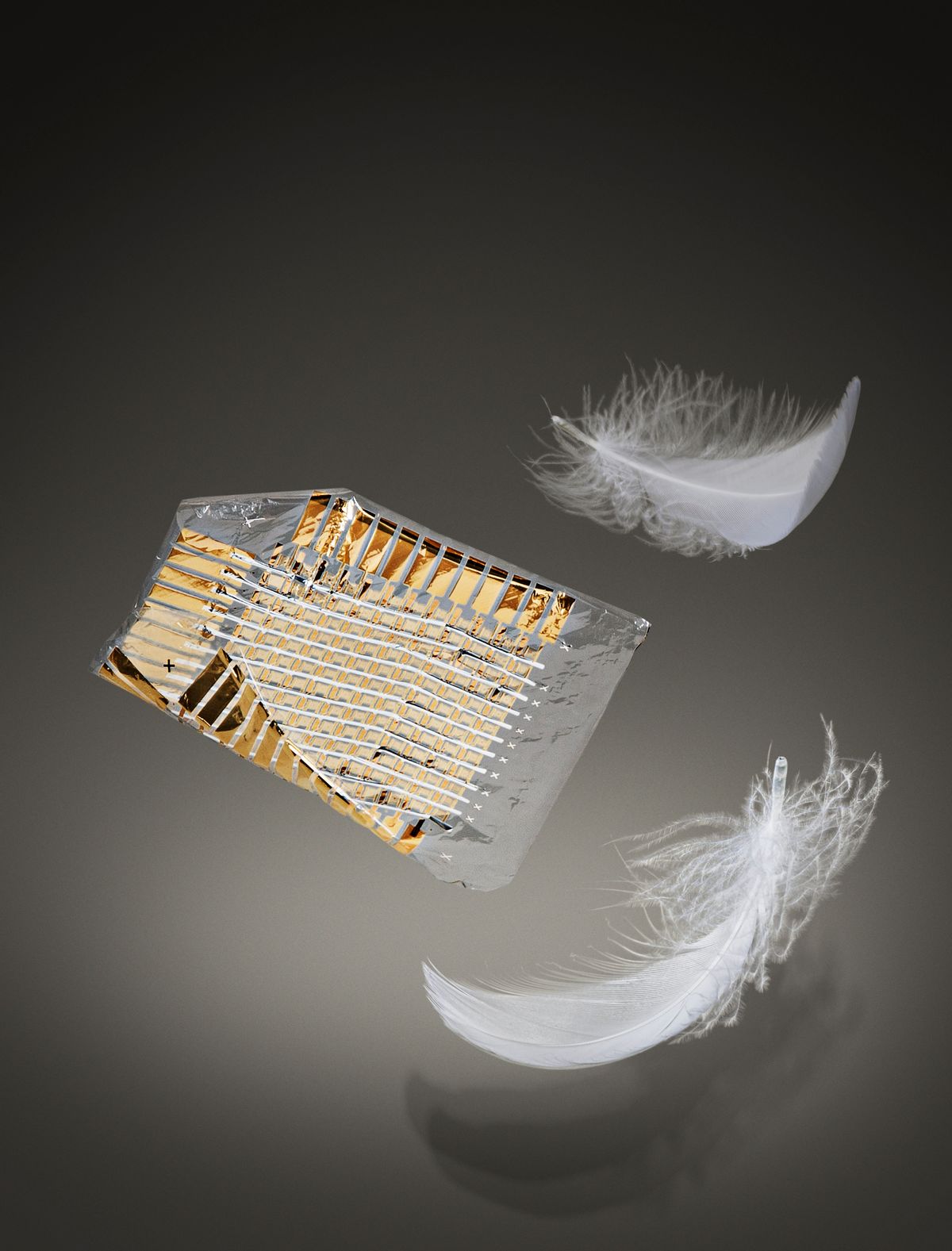Researcher Takao Someya has just unveiled an ultra-thin, ultra-flexible sheet of electronics that can stick to your skin and still works no matter how you bend, twist, or stretch your body.
By integrating sensors into the electronics, Someya says this lightweight material could be used for discreet medical monitoring, and instruments that you forget you're wearing—Someya calls this idea "imperceptible electronics." If produced in large sheets, it could even be used as a sensitive skin for prosthetic limbs or for robots.
Someya, a professor at the University of Tokyo, published the work in this week's issue of Nature. He has been working on flexible electronics for about a decade, and has gradually made his materials thinner and more bendable. His new creation is about one-fifth as thick as plastic kitchen wrap, and it can be crumpled up like a piece of paper.
Electronics are typically rigid because the integrated circuits are fabricated on inflexible and expensive silicon. The new material is fabricated on plastic film, which is much cheaper and therefore suitable for large-area applications like the electronic-skin Someya imagines.A variety of semiconductor materials can be used for the thin-film transistors in these flexible circuits, including amorphous silicon and carbon nanotubes. Someya's group favors organic transistors because they can be printed on plastic at room temperature, which keeps the plastic film from warping.
Someya often puts pressure and temperature sensors in his electronics, which would be useful for the e-skin he imagines. But such sensors are only the beginning. Many different functions can be built into the skin: Someya and other researchers in the field have played around with ultrasonic sensors, wireless power transmitters, and radio frequency communication technology. One practical use for such a souped-up skin would be stick-on health monitors that beam the information they collect to a computer, or to your doctor's iPad.
If the idea of bionic skin gets you excited, then stay tuned: Someya will fully explain his e-skin vision in IEEE Spectrum's cover story in the September issue.
Photo: Takao Someya
Eliza Strickland is a senior editor at IEEE Spectrum, where she covers AI, biomedical engineering, and other topics. She holds a master’s degree in journalism from Columbia University.





